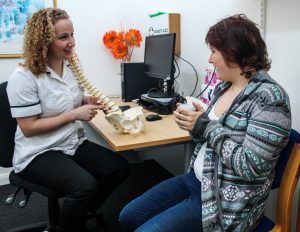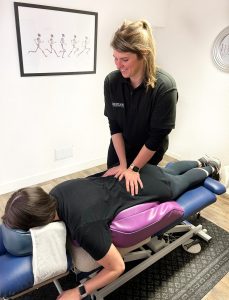by Sarah Williams
Hot or cold? Always a dilemma whenever you are in pain. Generally, heat is used for the treatment of muscles, and ice is for inflammation, but truthfully, they can be used for other purposes. Hopefully, the following will give you a breakdown of how to get the most out of each method.
Cold Therapy
Cold therapy is otherwise known as cryotherapy. It is fantastic at reducing inflammation and is very handy for anyone unable to consume anti-inflammatory medications such as Ibuprofen. It works well by slowing down blood flow to the injured area, which reduces the risk of tissue damage. The use of cold is also suitable for nerve problems, as the cold helps slow down nerve conduction.
When we are in pain, what happens is the nerves will send signals to the brain, letting your body know you are injured, which will present as pain. Ice will slow down this signalling process. Ice can also help manage osteoarthritis, gout, strains and tendonitis. Cold is excellent for very recent pain and injury. Cold should be applied for approximately 20 minutes to utilise the benefits.
Heat Therapy
Heat therapy is also known as thermotherapy. Heat promotes blood flow; therefore, it is excellent at helping muscles relax. Heat can be used for the treatment of cramps, chronic muscle pain, osteoarthritis, strains, sprains and tendonitis. Heat can be more comforting when compared to ice.
Heat is very beneficial for longstanding injuries and conditions. Heat works best when it is applied for approximately 30 minutes. This could be in the form of a hot water bottle, wheat bag, hot bath, hot shower, or anything where it can be kept on the skin for that time frame. Wet heat is better, as it will act faster on the muscles.
As you can see already, there are a few overlaps. There are occasions where alternating between the two methods will help. Research has proven that alternating between hot and cold aids in the prevention of delayed muscle onset soreness (DOMS) after exercise.
Additionally, lots of biomechanical complaints will require both. Perhaps a combination of joints, muscles, ligaments and nerves is causing your pain and discomfort; therefore, alternating between the two methods could help—the use of alternating between hot and cold works best for sporting injuries and osteoarthritis.
Can you get it wrong?
In some cases, yes. Selecting the wrong method can sometimes exacerbate the injury and prolong the recovery time. For example, cold is not suitable for cramping, blisters, confirmed vascular diseases, hypersensitivity to cold and should not be used before exercises. Heat is not good if the skin is already very hot, if a patient has dermatitis, the area is numb, or if there is an open wound or very recent injury.
For a small number of patients living with chronic pain, preference is the best tool for deciding the most appropriate method for pain relief.
If you are still unsure which method is best, ask yourself these questions to help you decide:-
- How did you hurt yourself?
- When did the pain start? Recently or a while ago?
- Is there a history of the complaint? Could the pain have been building?
- Location of the injury? Muscle, joint, nerve pain or other?
- Do I have any pre-existing conditions? E.g. diabetic neuropathy, Raynaud’s, etc.




